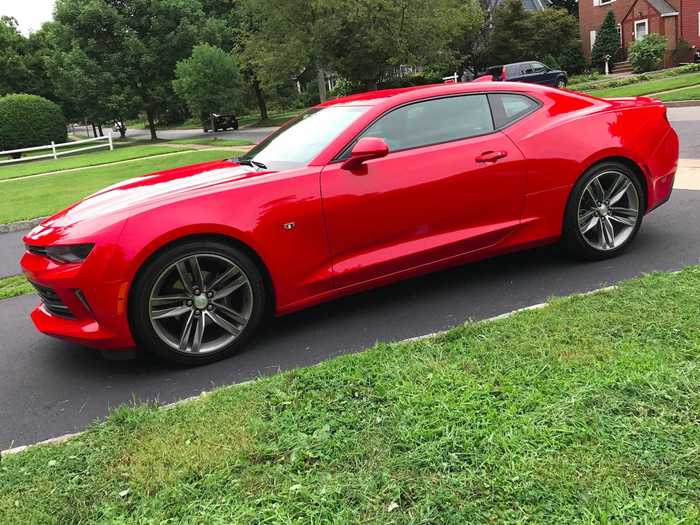Turbocharged engines have taken over the car world. These are our favorites from Porsche, Ferrari, Chevy, Ford, Volvo, VW and more.
Matthew DeBord

- Turbocharged engines have become a widespread option across many auto brands, from luxury marques to mass-market options.
- Turbochargers used to be the province of European cars, but they're appearing on more American nameplates. I've driven turbos from Porsche, Ferrari, McLaren, and Audi, but also from Ford and Chevy.
- Here's rundown of some favorites.
- Visit Business Insider's homepage for more stories.
When I was a youngster, turbochargers were exotic, European fare. Americans drove big V8- and V6-powered cars. Sometimes, supercharged. But mostly, all motor.
I still love a naturally aspirated eight or six, but in today's auto market, engines that lack forced-induction of some sort are becoming more rare than the norm.
In the past decade, the turbocharger has become ubiquitous. Why? Well, by using exhaust gases to spin a turbine and cram air into combustion chambers, you can offer higher-displacement power on a smaller motor, and pick up some MPGs in the process. Or not: You can also bolt a turbocharger or two on an already beefy motor and extract more horsepower, MPGs be damned.
I wasn't actually sure how many turbocharged engines we'd tested in the past five or six years at Business Insider. Once I dove in, I stopped after crossing the 50-vehicle barrier.
Turbos! They're everywhere! Here are some good ones. Actually, a whole lot of good ones:
Read the original article on Business InsiderAnd the A4's very big brother, the Q7 SUV, is a top-of-the head for luxury 'utes. The base Q7 is powered by a VW-Group 2.0 liter, 252 horsepower, turbocharged, inline-four cylinder.
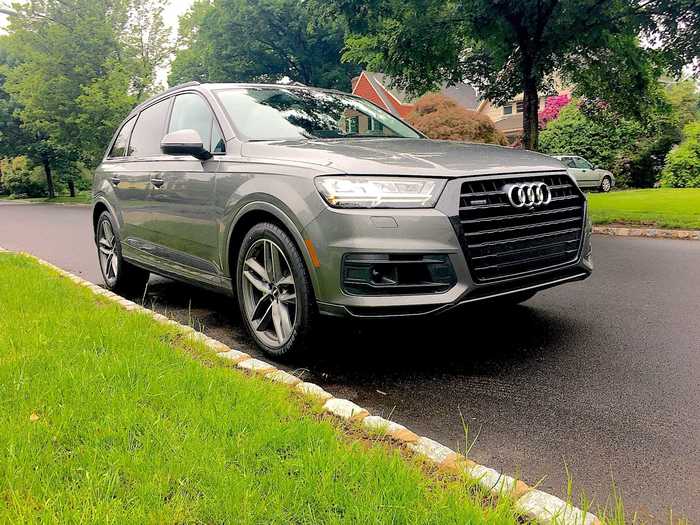
When we tested the Audi A4, we decided the sedan was basically perfect. Under the hood is a 2.0-liter, 252-horsepower, turbocharged, inline-four-cylinder engine.
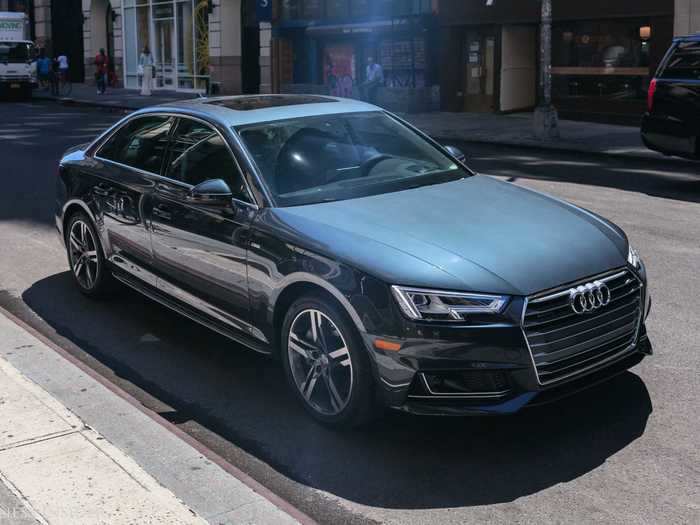
The Audi RS 5 Sportback is a truly splendid set of wheels. The V8 I richly enjoyed in the RS 5 coupé has been replaced in the revamped version of that car and in my RS 5 Sportback by a 2.9-liter, twin-turbo V6, making 444 horsepower with 443-pound-feet of torque.
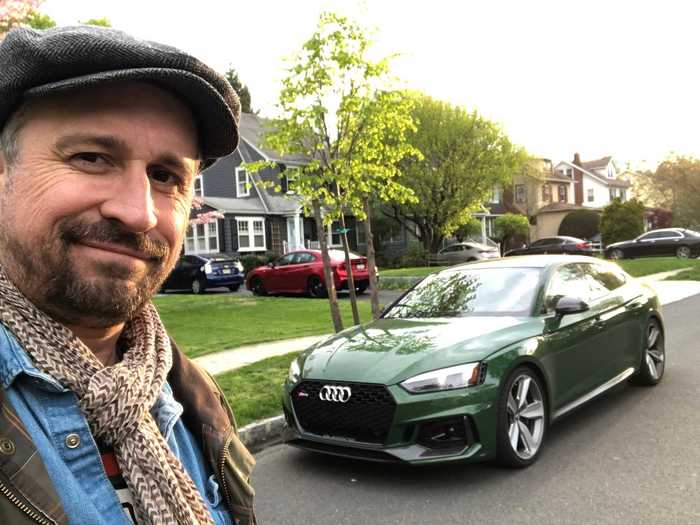
And say goodbye to the legend! The VW Beetle is in its final edition, with a 2.0-liter, turbocharged, four-cylinder engine that makes 174 horsepower and 184 pound-feet of torque.
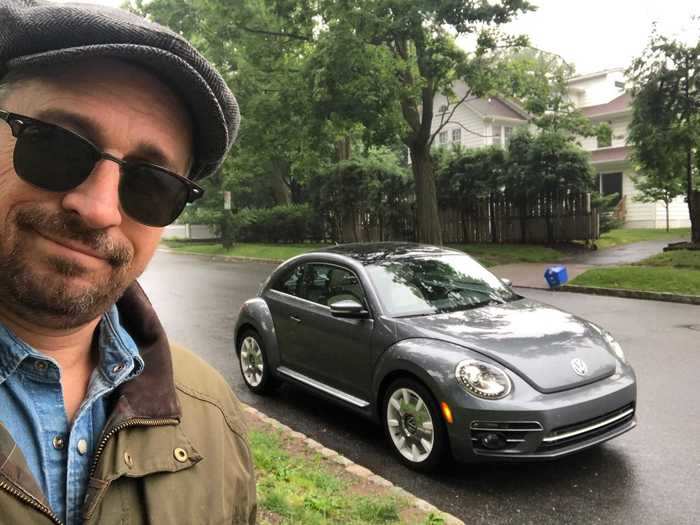
And, at long last, how about a VW? The Golf R has an outstanding 2.0-liter, turbocharged four-cylinder engine, making 288 horsepower with 285 pound-feet of torque.
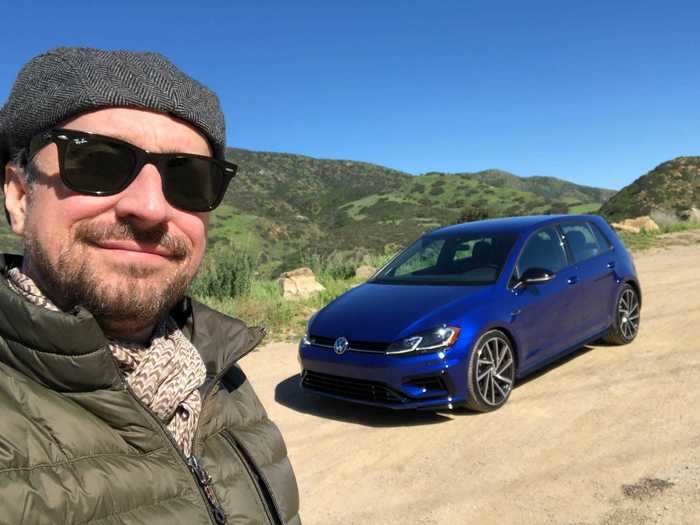
The Ascent is Subaru's first successful foray into making proper SUVs. All versions of the Ascent come with a new 2.4-liter, turbocharged, horizontally opposed four-cylinder engine. The "flat" or "boxer" turbo four produces a stout 260 horsepower.
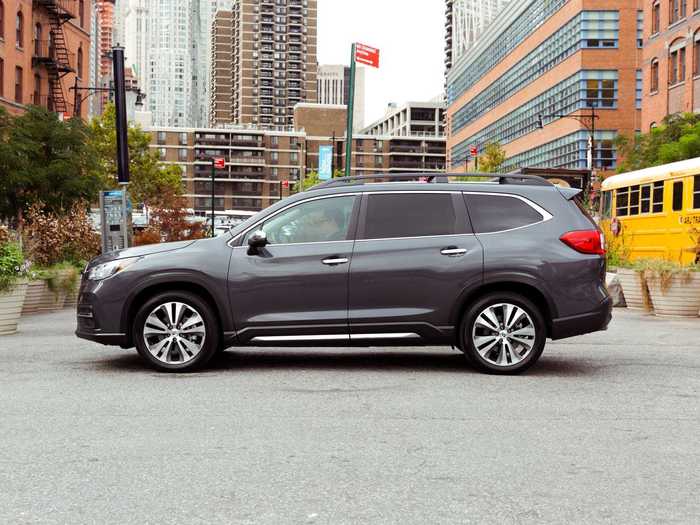
Want a Subaru? Then you're looking at piloting something like the great Outback Touring XT, with a snappy 2.4-liter, turbocharged, 260-horsepower engine.
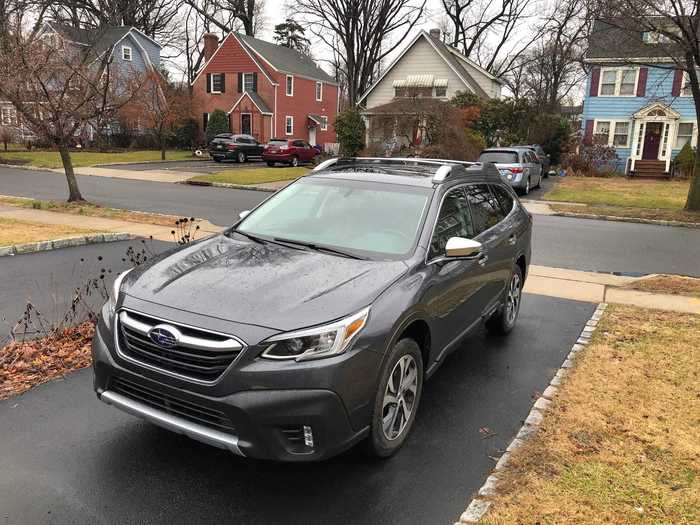
The Smart ForTwo has a punchy little motor, a three-cylinder powerplant displacing just under a liter, with a turbocharger that enables 89 horsepower, managed by a twin-clutch, six-speed automatic transmission. It's a hoot to drive.
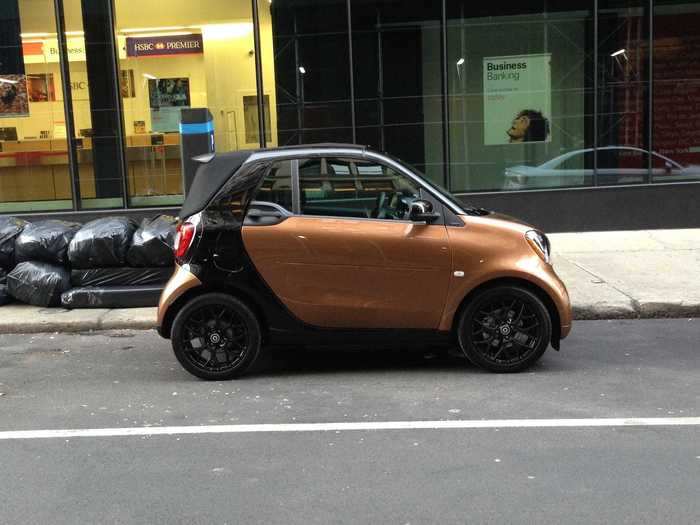
And a groovy MINI Cooper S cabriolet had a 189-horsepower, turbocharged 2.0-liter four-cylinder engine. It offered a tasty 207 pound-feet of torque.
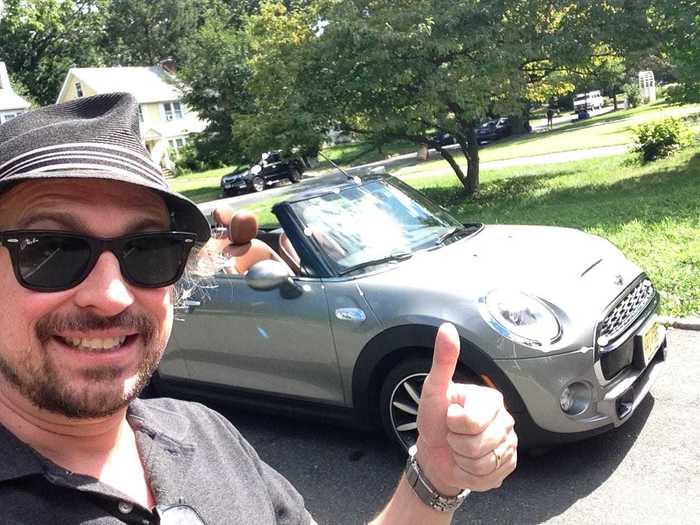
The MINI Cooper John Cooper Works and its 228-horsepower, turbocharged four-cylinder engine completely terrified me.
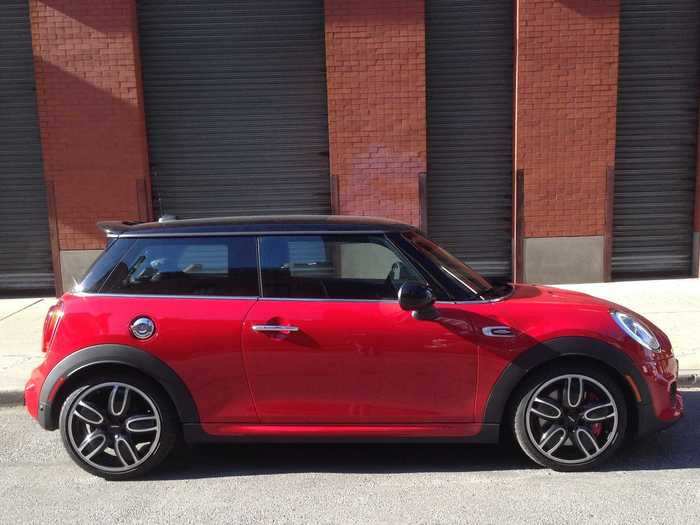
The MINI Clubman JCW has nearly 230-horsepower turbo motor blasts the JCW Clubman from zero to 60 mph in scooch under 7 seconds.
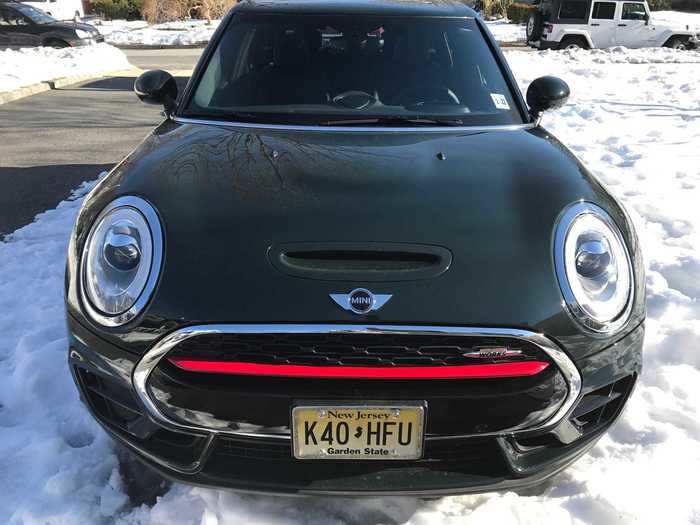
MINI time! Here's the Countryman Cooper S, with a 189-horsepower, 2.0-liter, turbocharged four-cylinder engine.
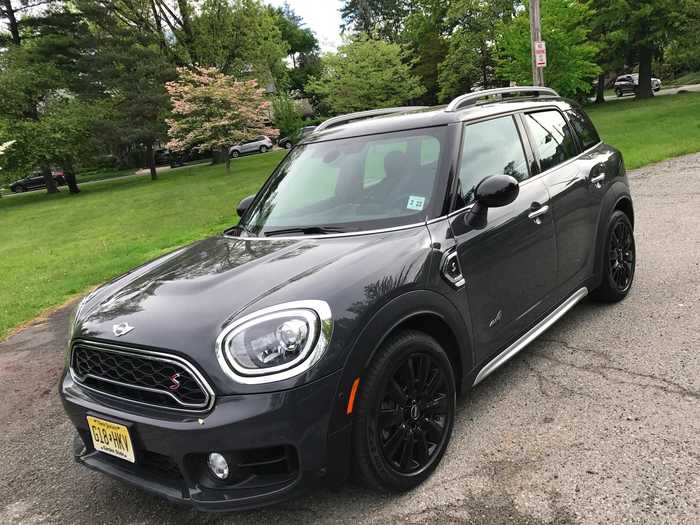
The wonderful Buick Regal TourX has been discontinued, sadly, but I'll always remember its 250-horsepower, turbocharged four-banger.
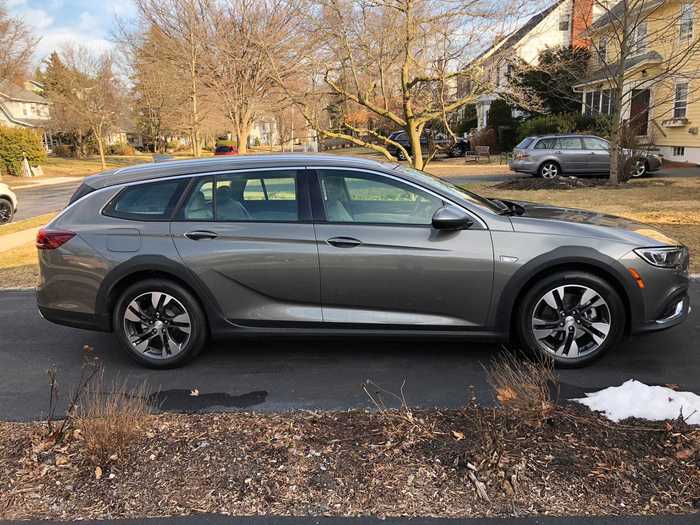
Our 2015 Car of the Year, the XC90, now has an available a 320-horsepower turbocharged T6 engine; and a 254-horsepower T5 option. A hybrid version offers 400 horsepower.
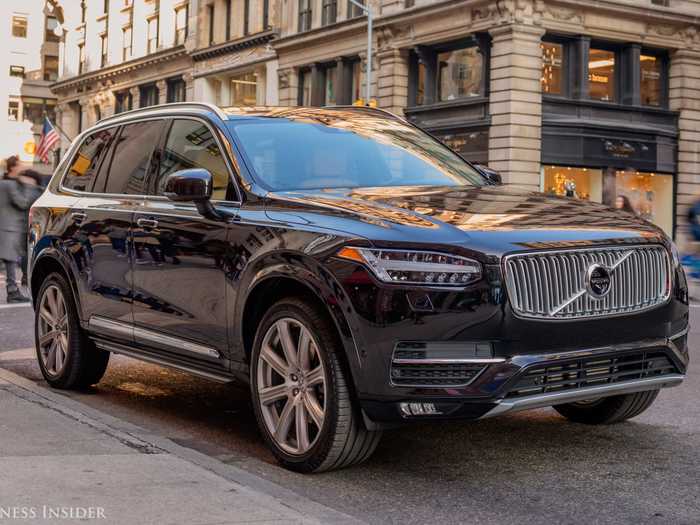
Our Volvo XC60 tester came with an offbeat drivetrain: the T8, which combines a turbocharged 2.0-liter inline four-cylinder motor with a supercharger and a hybrid system. The triple-threat takes the power output to 400 horsepower with 472 pound-feet of torque.
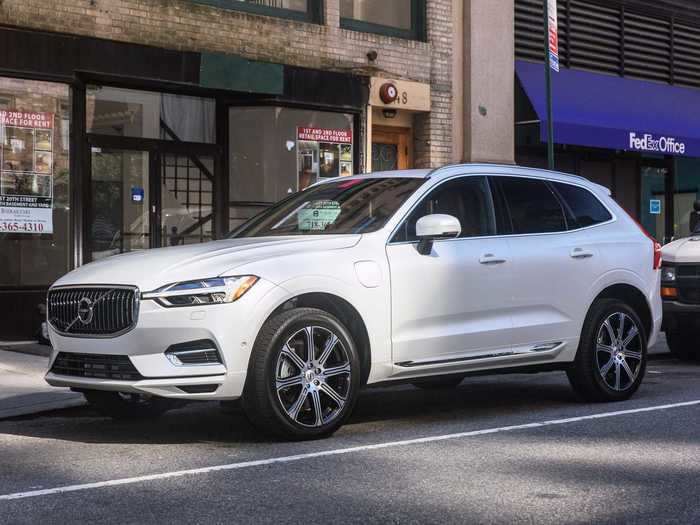
While we're on Volvos, let's discuss the XC40. Power is supplied by a 2.0-liter, 248-horsepower, turbocharged four-cylinder engine. With 258 pound-feet of torque, it offers good pop.
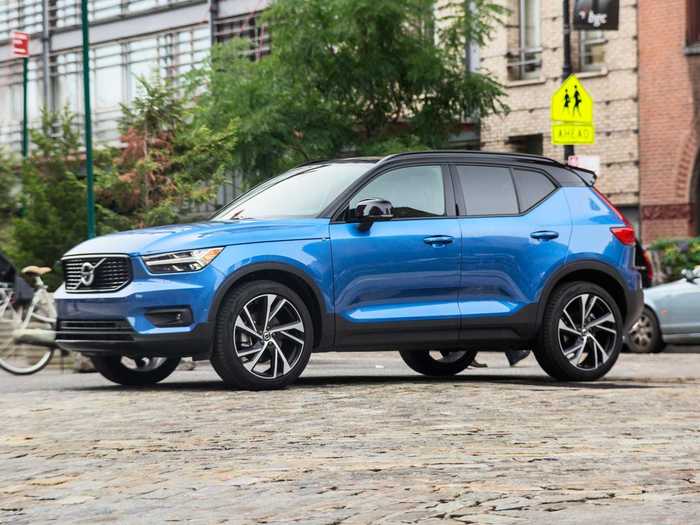
The incredible Polestar 1! Volvo's new brand has created the best China-made car I've ever driven. The 2.0-liter inline four is turbocharged and supercharged, cranking out 326 horsepower before a pair of battery packs (34 kilowatt hours total) and two electric motors take that to 619 horsepower.
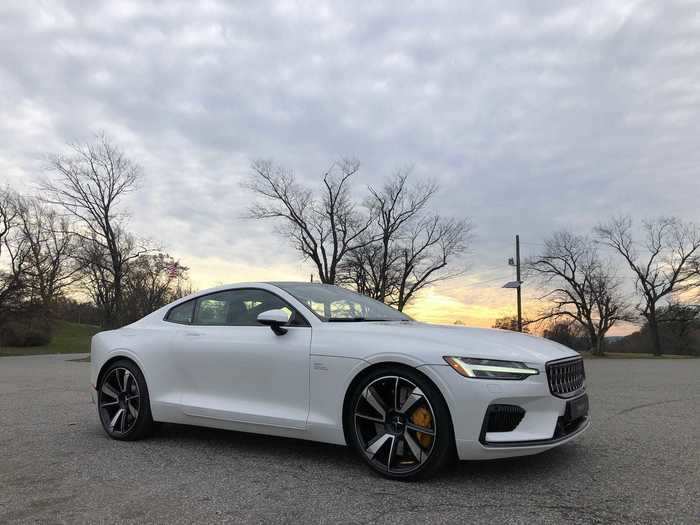
And we also reviewed a 675LT and its purpose-built 3.8-liter V8, with twin turbochargers: 666 horsepower and 516 pound-feet of torque.
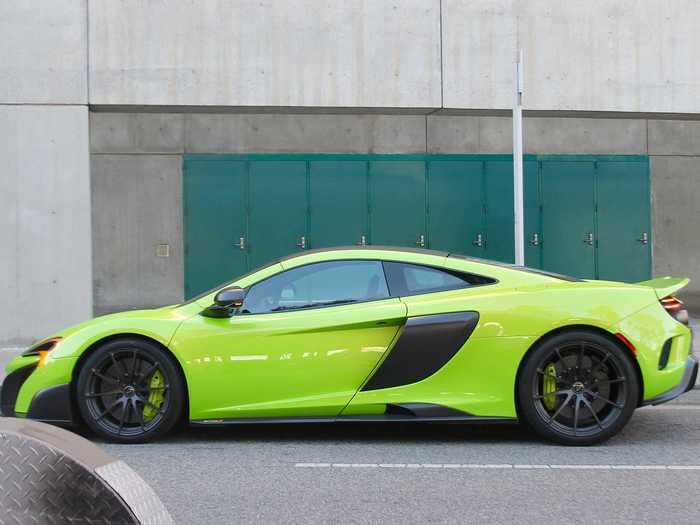
McLaren makes what is arguably the finest small turbocharged V8s on the planet. At the heart of the staggering 720S is a new 710-horsepower, 4.0-liter, twin-turbocharged V8 engine.
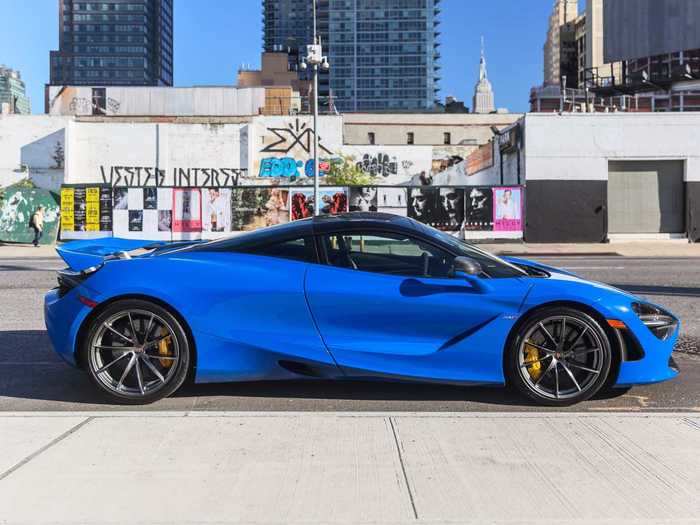
The Acura NSX was our 2016 Car of the Year. The engine is about as large as a suitcase and includes a pair of turbochargers. And yet, coupled with the NSX's trio of electric motors, it contributes to a hybrid drivetrain that serves up 573 horsepower.
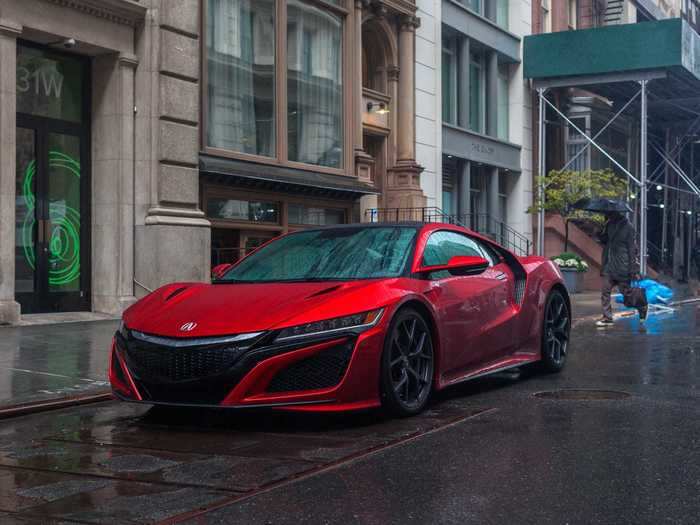
Godzilla! The immortal Nissan GT-R lays waste the asphalt with its twin-turbocharged V6 that makes 600 horsepower, with 481 pound-feet of torque (in Nismo trim).
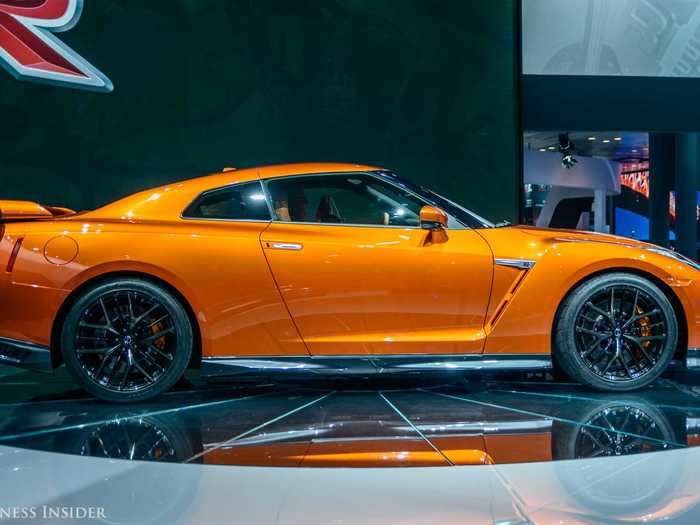
The Kia Stinger's engine was so good that it helped the upstart sport sedan claim our 2018 Car of the Year trophy. The best motor option is a glorious 3.3-liter twin-turbocharged V6, making 365 horsepower with 376 pound-feet of yummy torque.
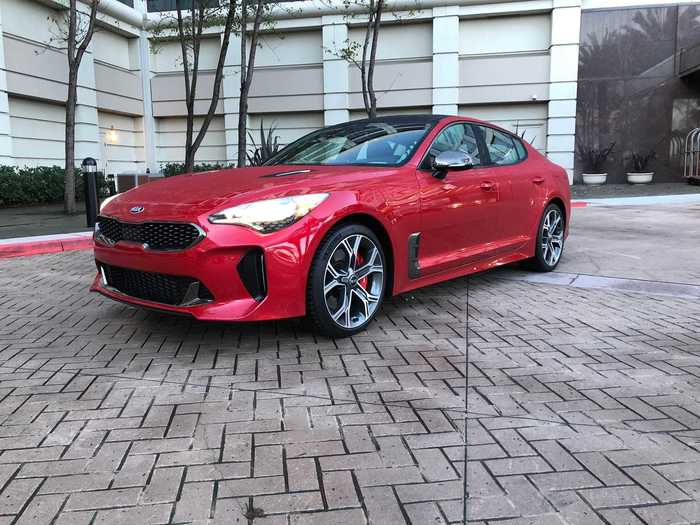
But my first taste of the new turbo Ferrari-ness was in a California T, now replaced by the Portofino. The distinguishing feature of this 552-horsepower grand-touring car was a twin-turbocharged V8 engine
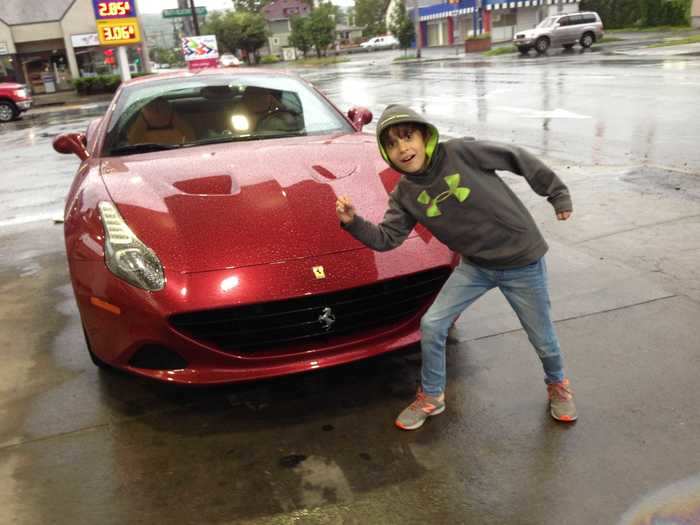
Why no Ferraris thus far? Easy answer: there were no turbocharged prancing horses until a short time ago. My last chariot was this 488 GTB Spider. At its heart is a 3.9-liter, twin-turbocharged V8, cranking out 661 horsepower.
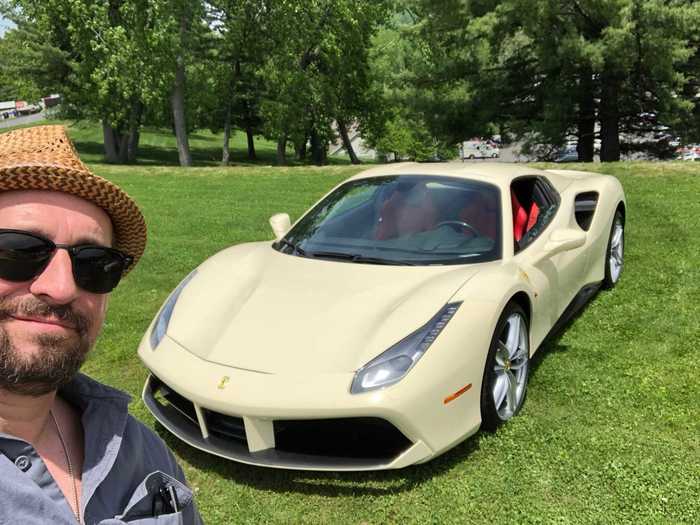
The Toyota Supra's 3.0-liter, turbocharged inline six-cylinder engine makes 335 horsepower with 365 pound-feet of torque in this guise.
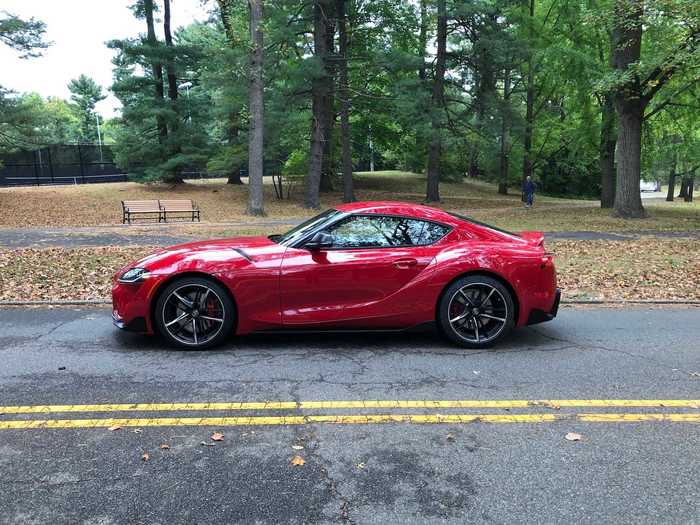
Don't forget the all-new BMW Z4. The 2.0-liter, twin-turbo four-cylinder in our sDrive30i trim-level tester makes 255 horsepower and an impressive 295 pound-feet of torque.
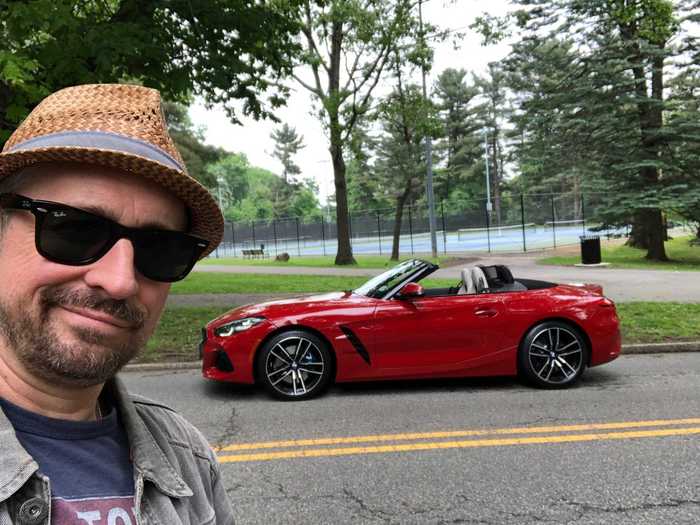
The M8 Competition convertible has a potent, up-tuned 617-horsepower, 4.4-liter, twin-turbocharged V8 engine that's mated to an eight-speed automatic transmission, sending the oomph to an all-wheel-drive system. (The V8 makes 600 horsepower before the Competition treatment adds an extra 17.)
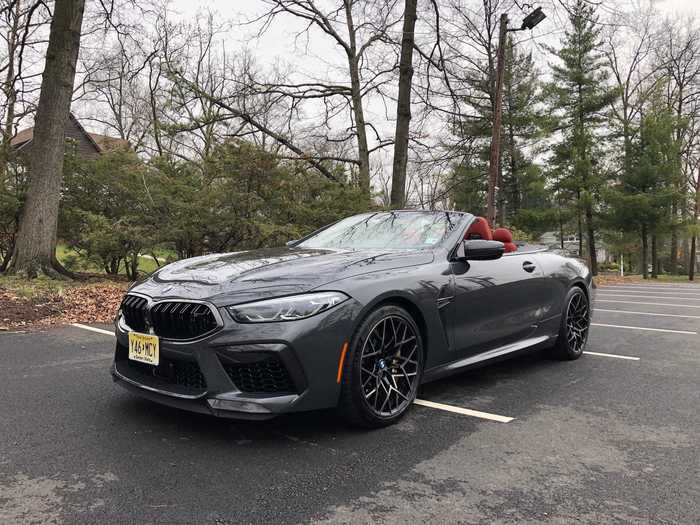
The 4.4-liter, 600-horsepower, twin-turbo V8 making 553 pound-feet of juicy torque in the BMW M5 is is a hulking poleax of a motor, a masterpiece of menace — a grand mechanism for taking gasoline and transforming it into staggering velocity.
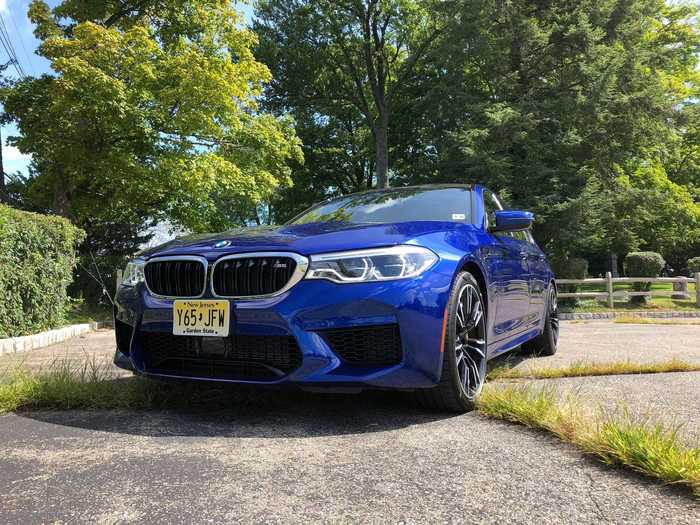
I also enjoyed a drop-top M4 with a twin-turbo six, making 425.

Moving right along, the M3 is currently absent from the M lineup, but it is a stalwart. On my last dance, I tested a car equipped with twin-turbo six-banger under the hood that made 425 horsepower with 406 pound-feet of torque.
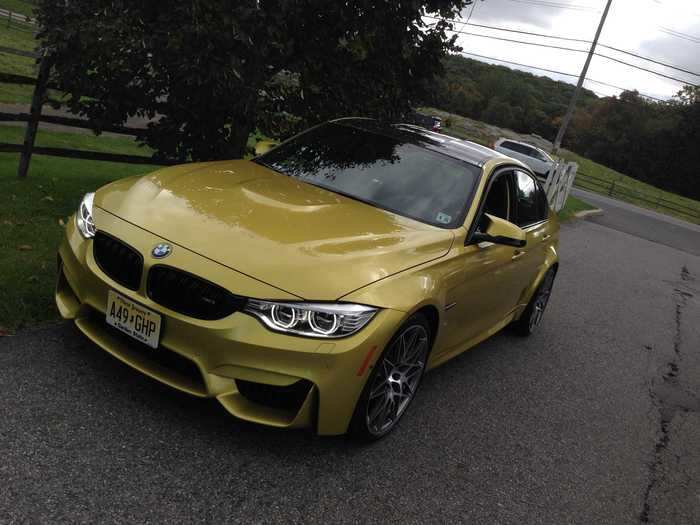
Let us now praise turbocharged BMW M cars, starting with the thrilling M2 Competition. A 3.0-liter, twin-turbocharged, inline six-cylinder engine makes 405 horsepower with 425 pound-feet of grabby torque. This is the same motor BMW puts in the M4, essentially, with lowered turbo output but the same torque rating.
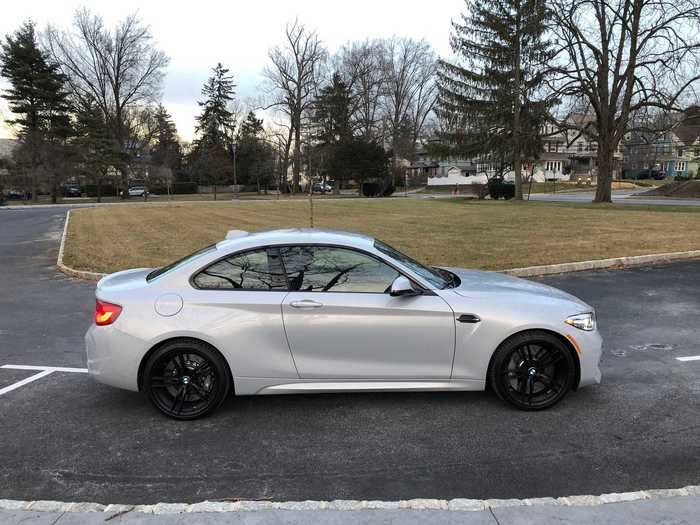
Ford's crosstown Detroit rival also does turbos. I was mighty impressed with this Chevy Silverado Z71, packing a Duramax diesel turbo 3.0-liter — an inline six-cylinder, making 277 horsepower and an impressive 460 foot-pounds of torque.
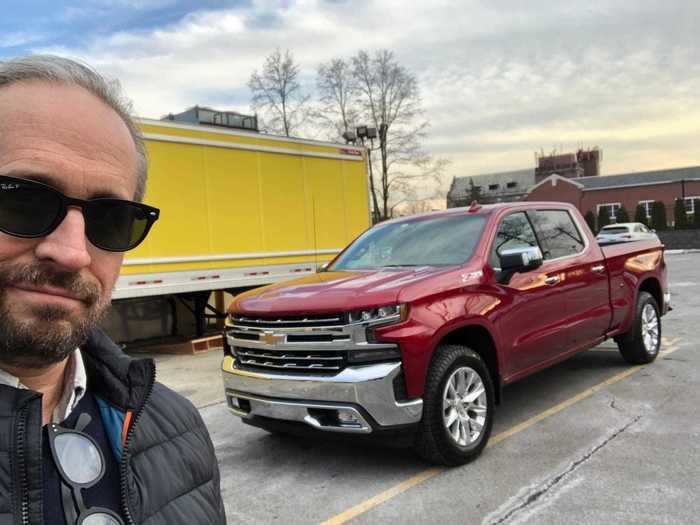
The legendary F-150 I most recently tested had a high-output variant of the 3.5-liter V6. The turbocharged mill cranks out 450 horsepower with 510 pound-feet of torque. That beats the 5.0-liter V8 engine by a notable margin (395 horsepower and 400 pound-feet of torque).
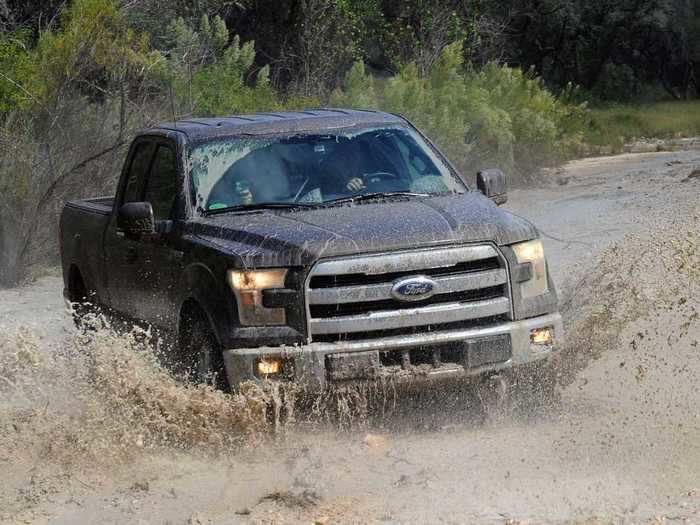
The stupendous Raptor has a a 3.5-liter turbocharged V6 engine under the hood, cranking out 450 horsepower with 510 pound-feet of torque.
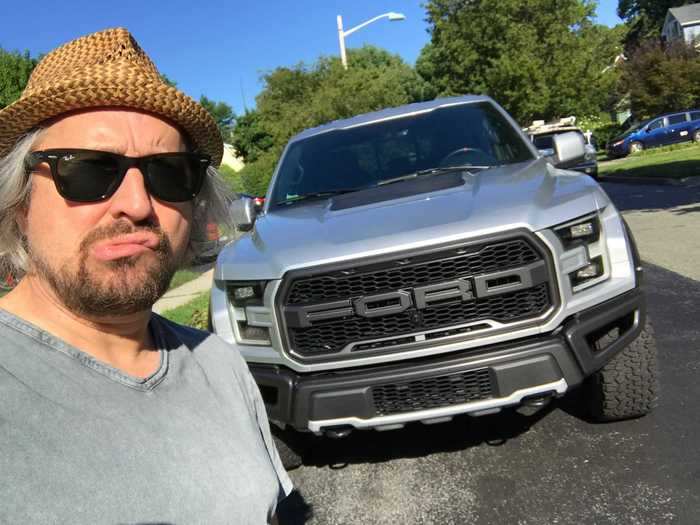
EcoBoost is under the hood of some all-important pickups, too, including the popular new Ranger, with a 2.3-liter, four-cylinder turbocharged engine cranks out 275 horsepower and 310 pound-feet of torque.
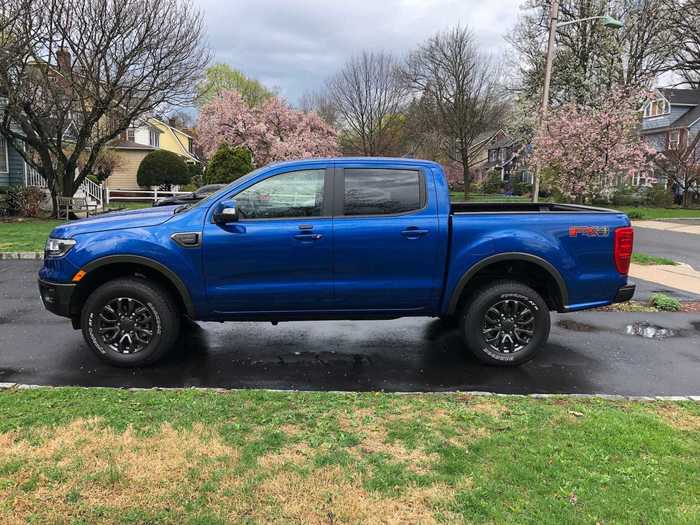
In fact, Ford is all about turbos with its EcoBoost technology, which powers the $400,000 Ford GT supercar: a 647-horsepower, 3.5-liter twin-turbo EcoBoost V6 engine is mounted in the middle of the machine.
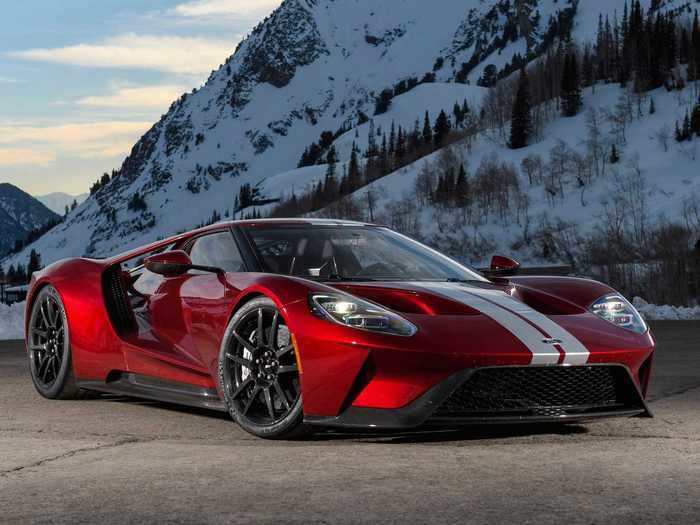
Enough with the Porsches! Moving right along, the drop-top entry-level Mustang has a dandy a 2.3-liter, four-cylinder EcoBoost turbocharged motor, making 310 horsepower with 350 pound-feet of torque.
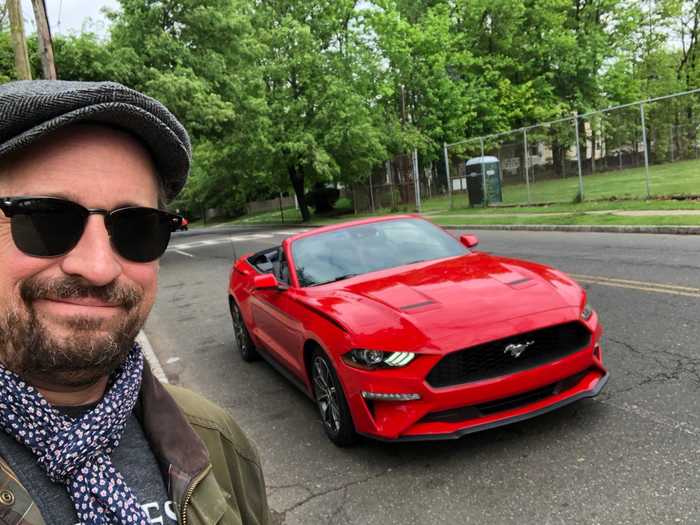
We also tested a Macan Turbo with a performance-pack extra. It takes the Macan Turbo's 3.6-liter motor and its 400 horsepower and ups the output by 10% to 440 ponies.
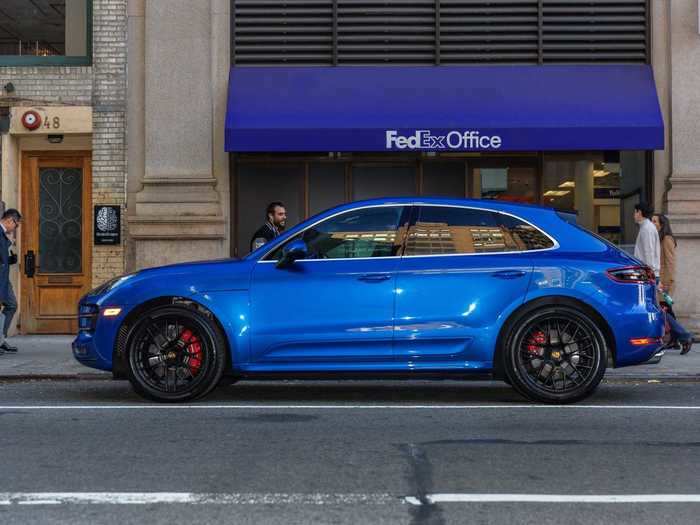
Under the hood of the Macan GTS lies a 3.0 liter, twin-turbocharged V6. It's the same engine found in the Macan S but with 20 additional ponies that push horsepower output to 360.
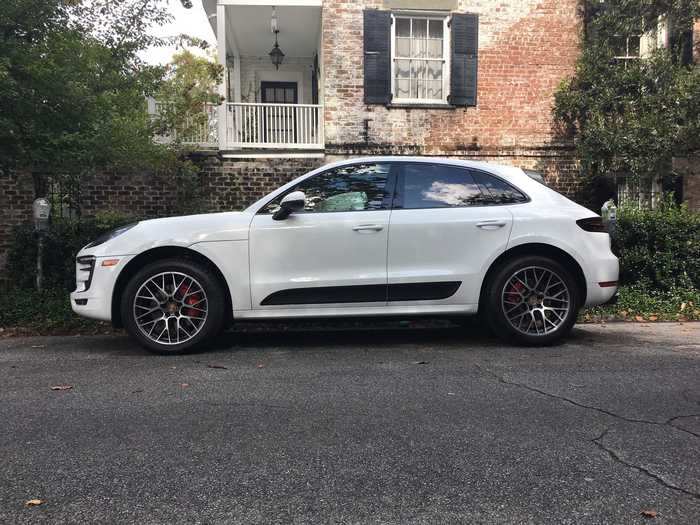
The Macan in an S-trim SUV, has a 3.0-liter turbocharged six, making 348 horsepower with 354 pound-feet of torque.
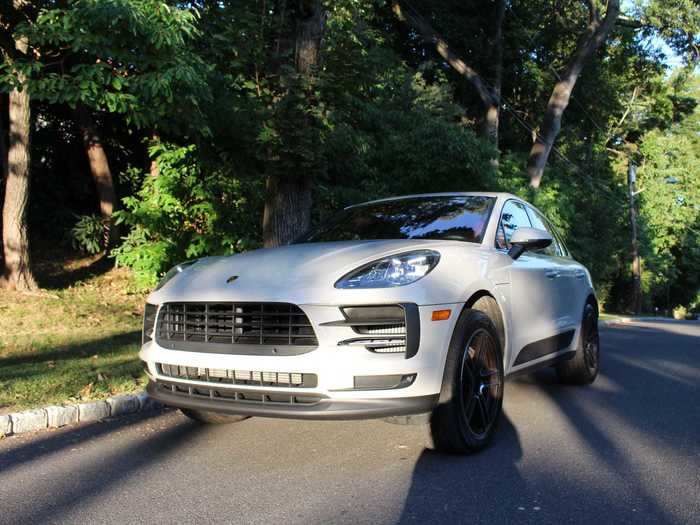
We can't forget about Porsche's moneymaking SUVs, however. The almighty Cayenne Turbo, for example, is motivated by a 4.0-liter, twin-turbocharged V8, making 541 horsepower with 568 pound-feet of torque.
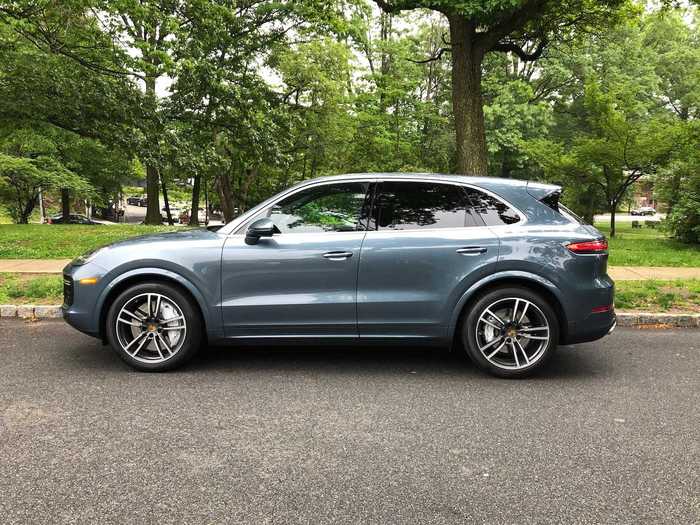
And of course the Panamera — shown here as a 4S sedan rather than a wagon, with a 2.9-liter, 440-horsepower, twin-turbocharged V6 — was our 2017 Business Insider Car of the Year.
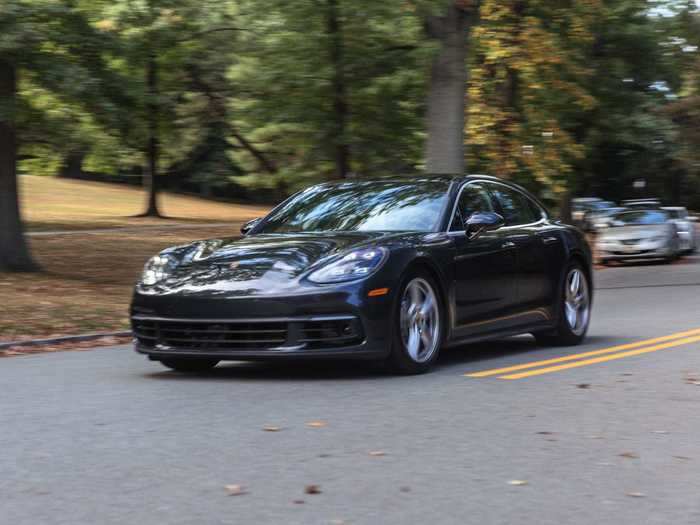
The Turbo S E-Hybrid is powered by a 550 horsepower, 4.0-liter, twin-turbocharged V8 along with a 136 horsepower hybrid drive unit to produce 680 total horsepower.
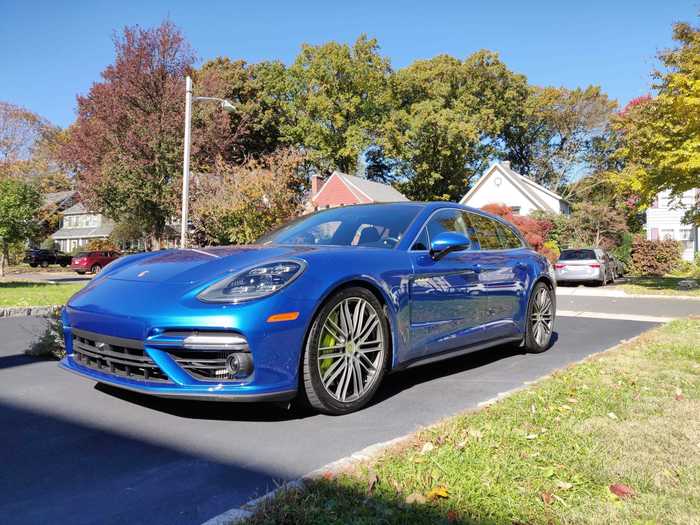
We also sampled the Turbo version of the Porsche's first wagon. The Turbo Sport Turismo is powered by a 550-horsepower, 4.0-liter, twin-turbocharged V8 engine.
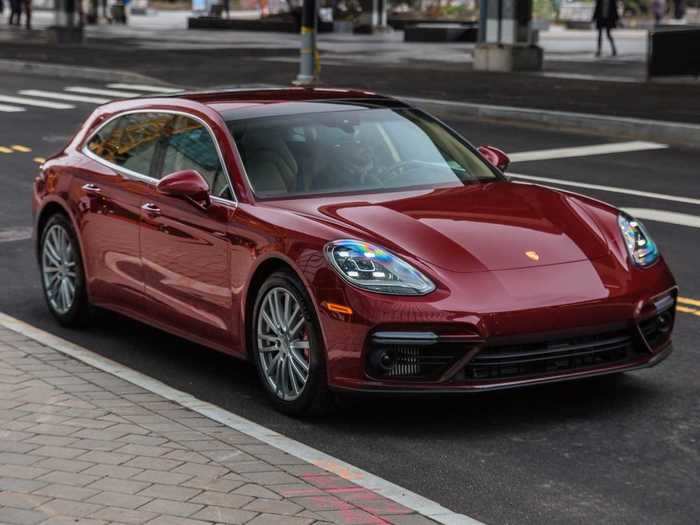
Panamera-wise, I most recently enjoyed a GTS Sport Turismo with a 4.0-liter twin-turbo V8, making 453 horsepower with 457 pound feet of torque, under the hood.
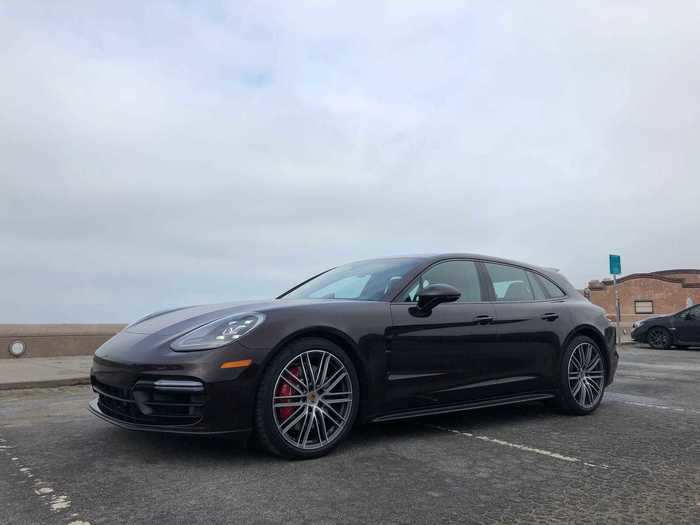
The Cayman S coupé we tested had 350 horsepower, 2.5-liter, turbocharged flat-four.
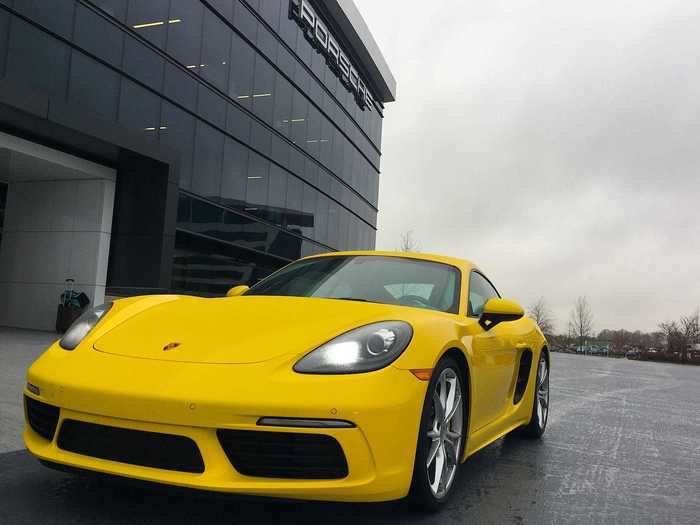
Then there's the mid-engine 718 Spyder (once known as the Boxster), with a new turbo-four that comes in two flavors. The base gets a 2.0-liter version with 300 horsepower, while the S variant gets a 2.5-liter unit with 350 ponies.
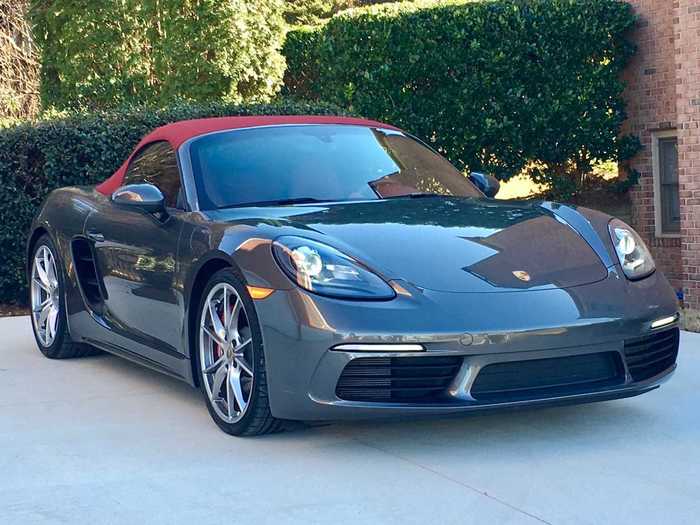
The base Carrera has a twin-turbo, 3.0-liter flat-six, making 379 horsepower with 390 pound-feet of torque.
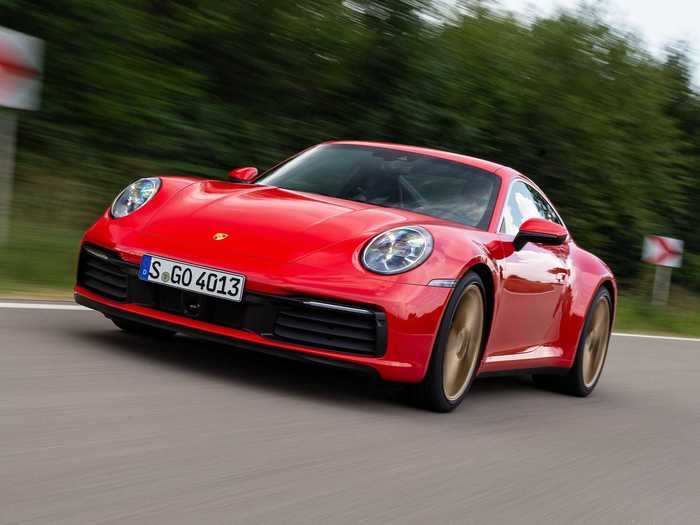
The Targa 4S I drove a few years back had the usual turbo six, making 420-horsepower.
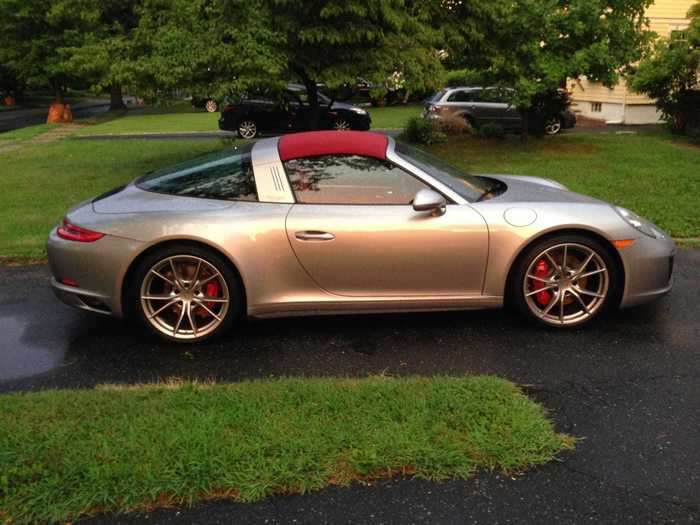
The 911 Carrera GTS has a 3.0-liter, twin-turbocharged six-cylinder, making 450 horsepower with 405 pound-feet of torque.
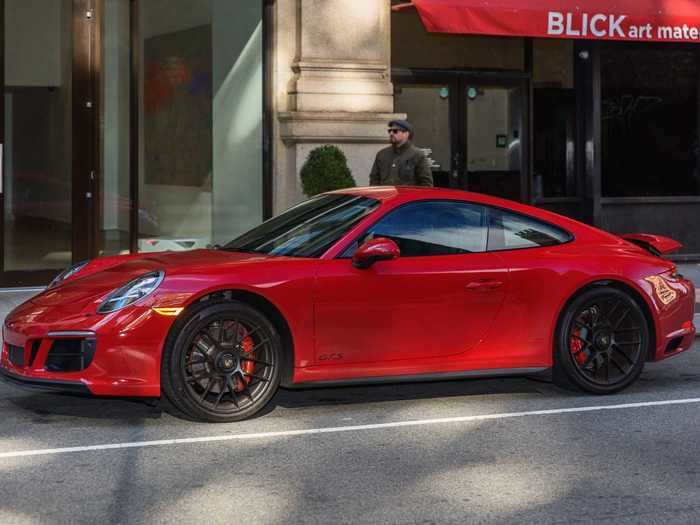
The 2020 911 Porsche 911 Turbo S has an incredibly potent 640-horsepower, twin-turbocharged 3.8-liter flat-six, making 590 pound-feet of torque. The most powerful Turbo S ever, Porsche says.
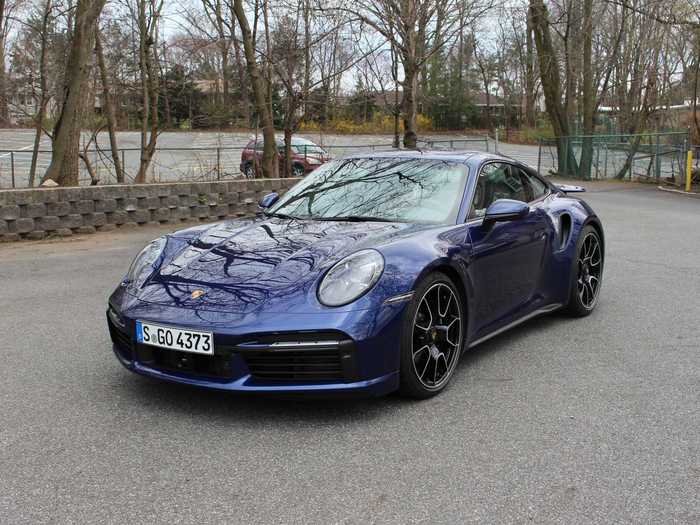
Of course, nowadays the V6 cars are in short supply, while the turbos are everywhere. Let's begin with a run of Porches — up first is the 2020 911 Carrera 4S the classic boxer six, with twin turbochargers, making 443 horsepower with 390 pound-feet of torque.
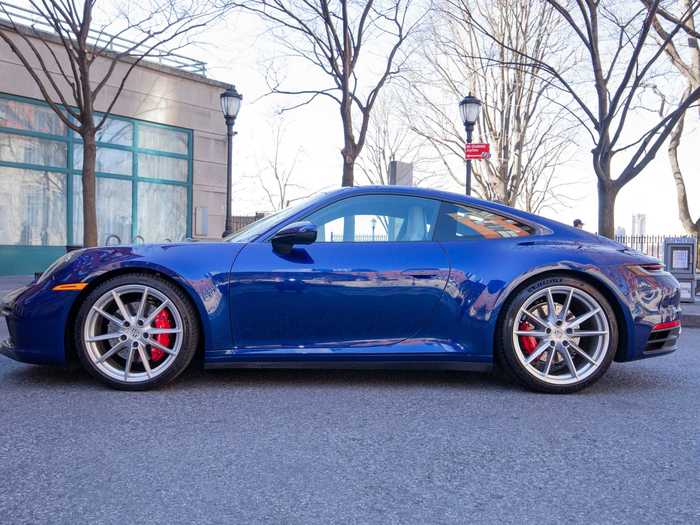
Before we get started, the truth is that I'm a naturally-aspirated V6 man at heart. But I've had some dalliances with turbos — most memorably my 1998 Saab 900S.
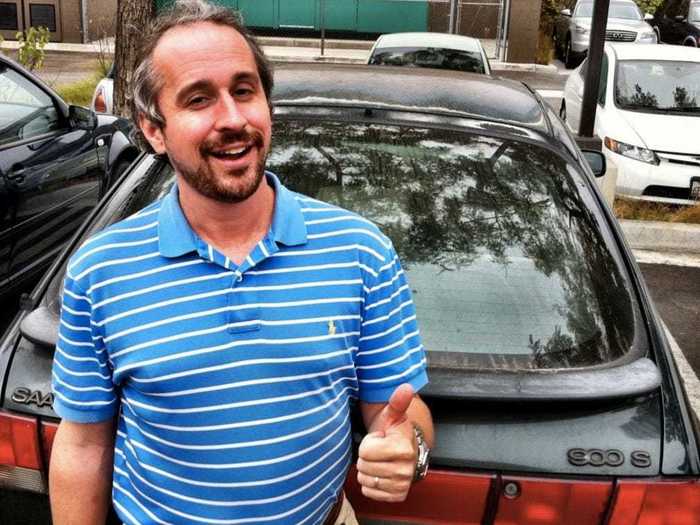
READ MORE ARTICLES ON
Popular Right Now
Popular Keywords
Advertisement
